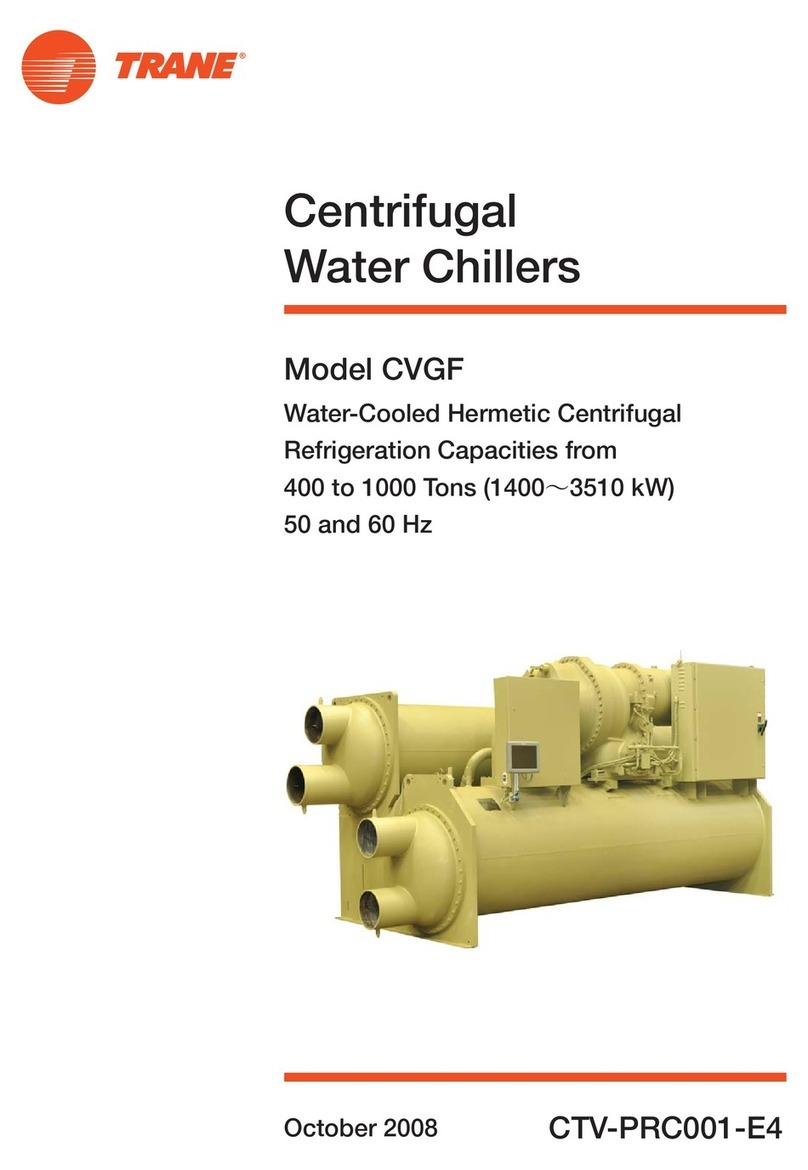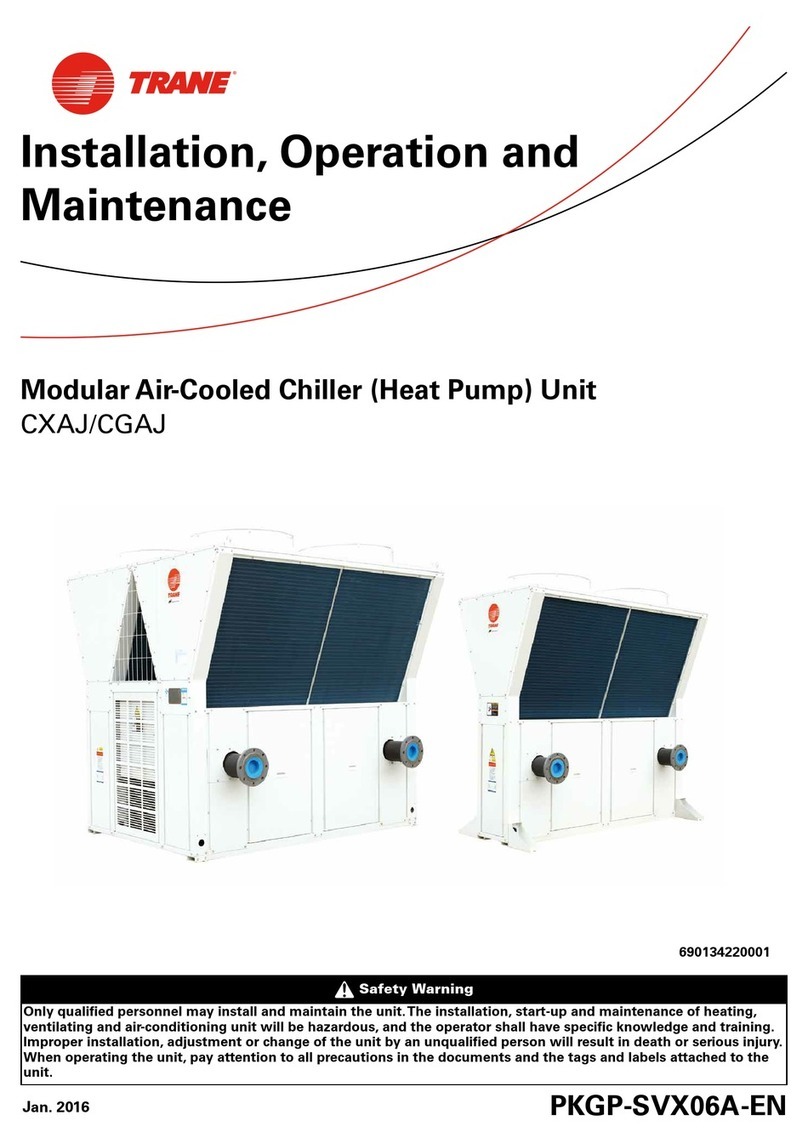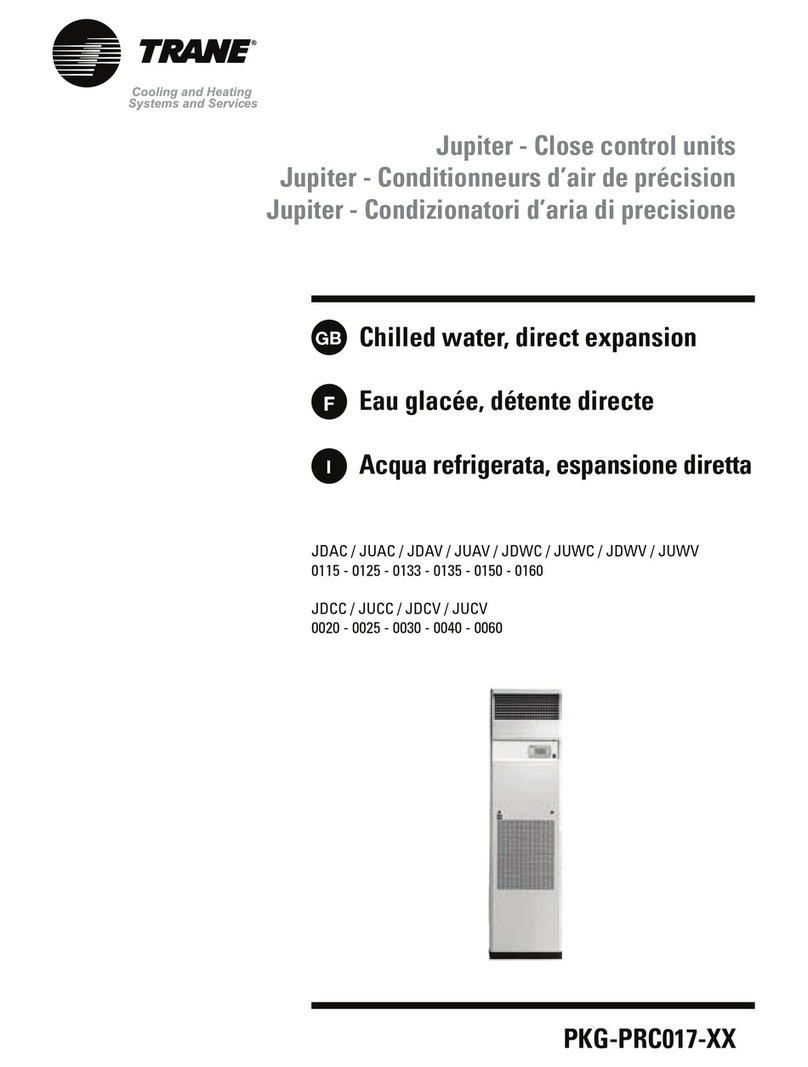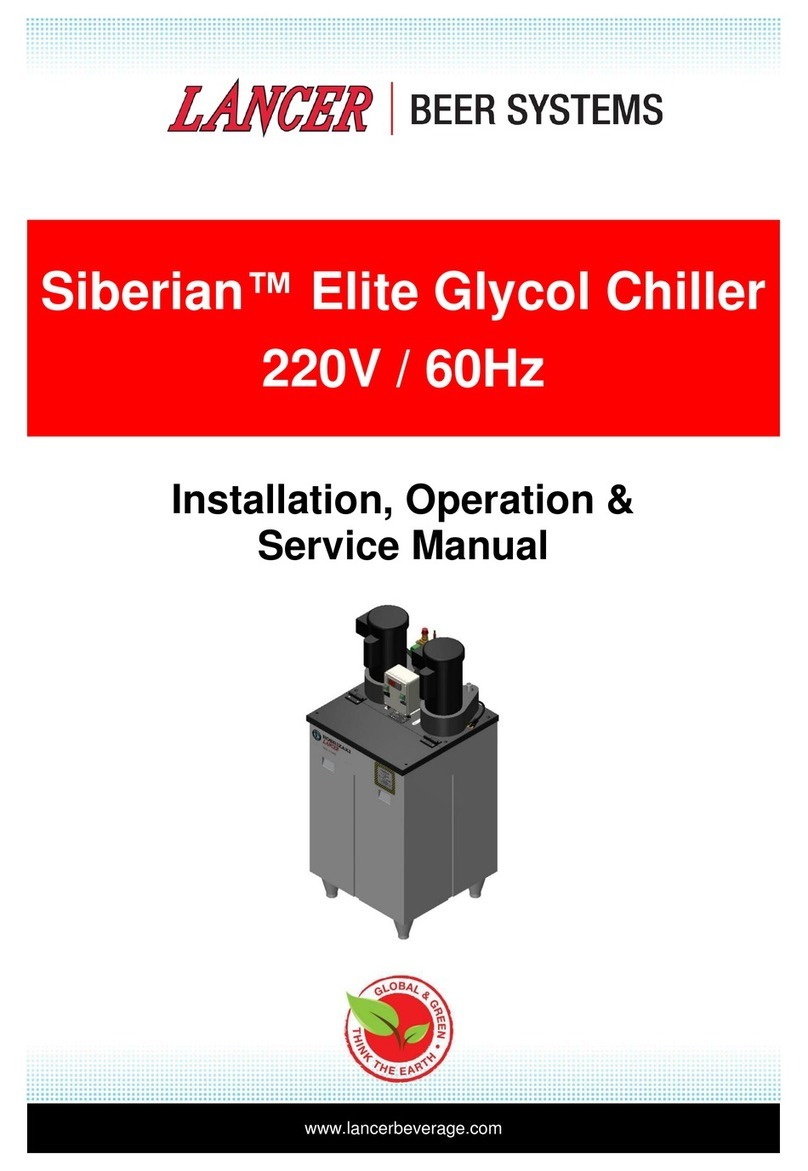Trane RAUP 250 Owner's manual
Other Trane Chiller manuals
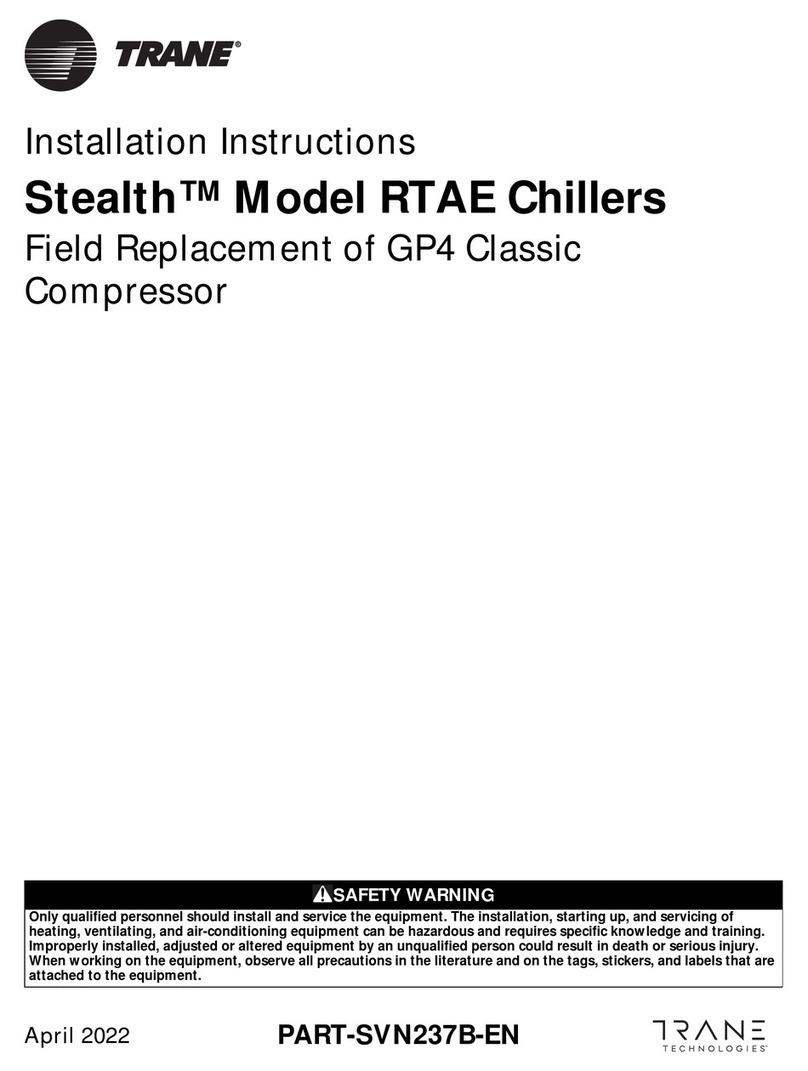
Trane
Trane Stealth RTAE User manual
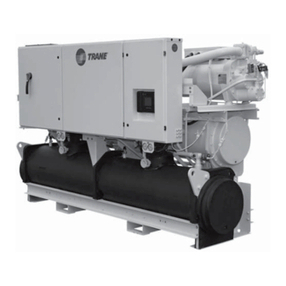
Trane
Trane RTWD Owner's manual

Trane
Trane Agility HDWA Installation and operating instructions
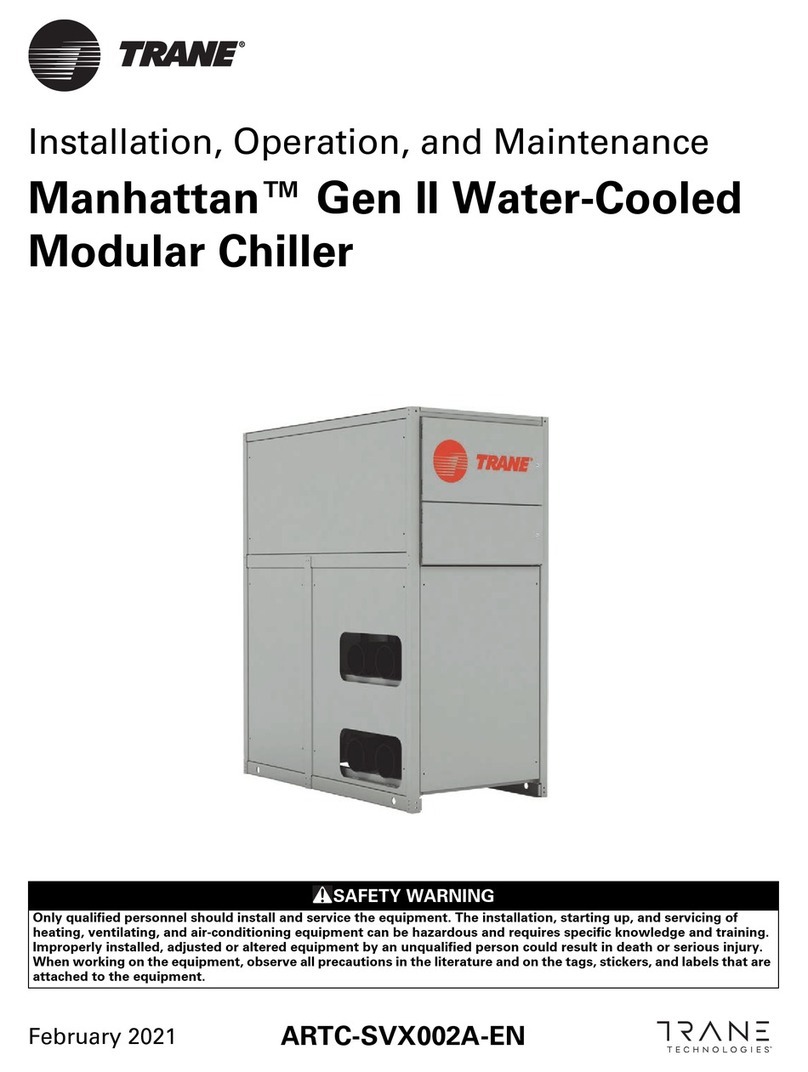
Trane
Trane Manhattan Gen II Installation and operating instructions

Trane
Trane OXBOX J4GXCA003EC6HUA Assembly instructions
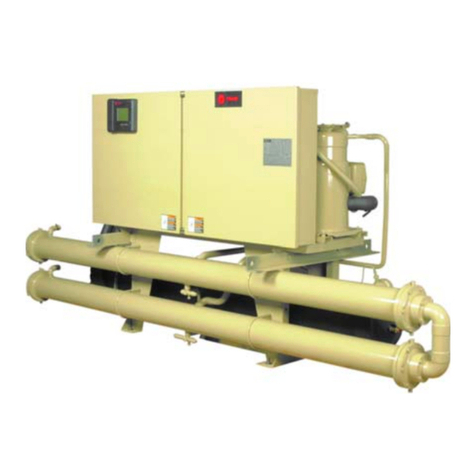
Trane
Trane CGWF Owner's manual
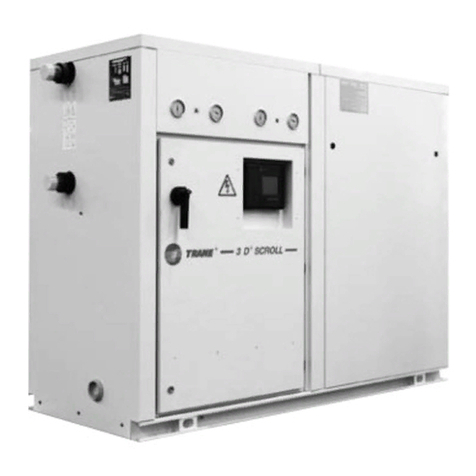
Trane
Trane CGWH 115 Owner's manual

Trane
Trane 4PXCBU36BS3HAC Assembly instructions
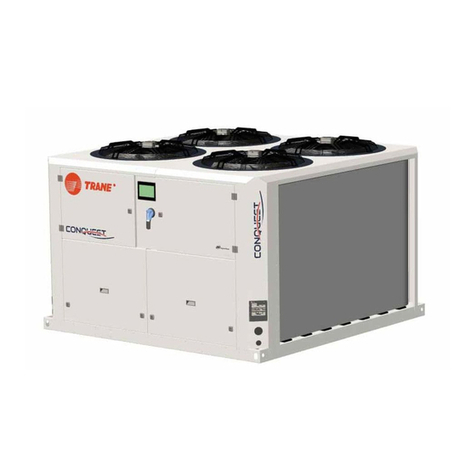
Trane
Trane CONQUEST CGAX 015 Owner's manual
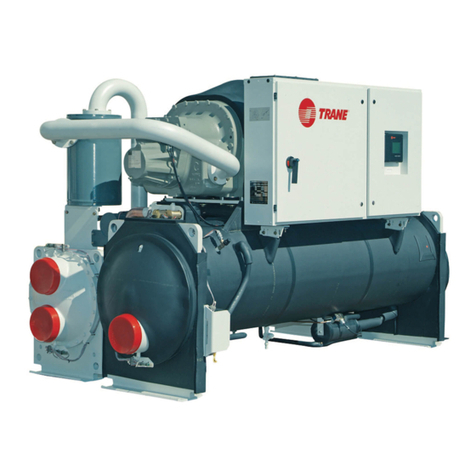
Trane
Trane RTHD series Owner's manual
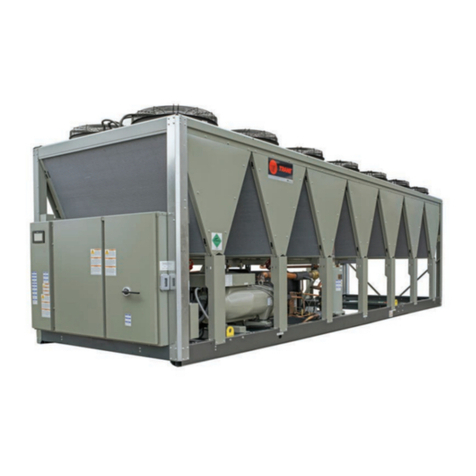
Trane
Trane RTAF-SVX001K-EN User manual
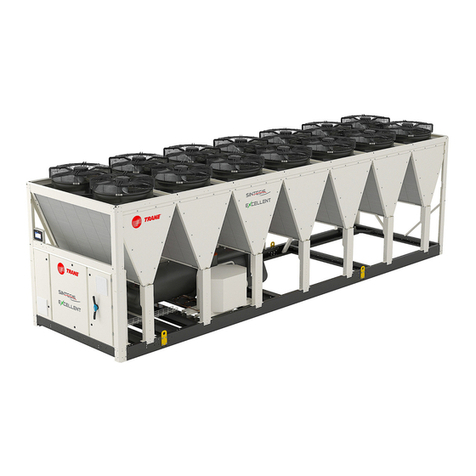
Trane
Trane GVAF Series Owner's manual
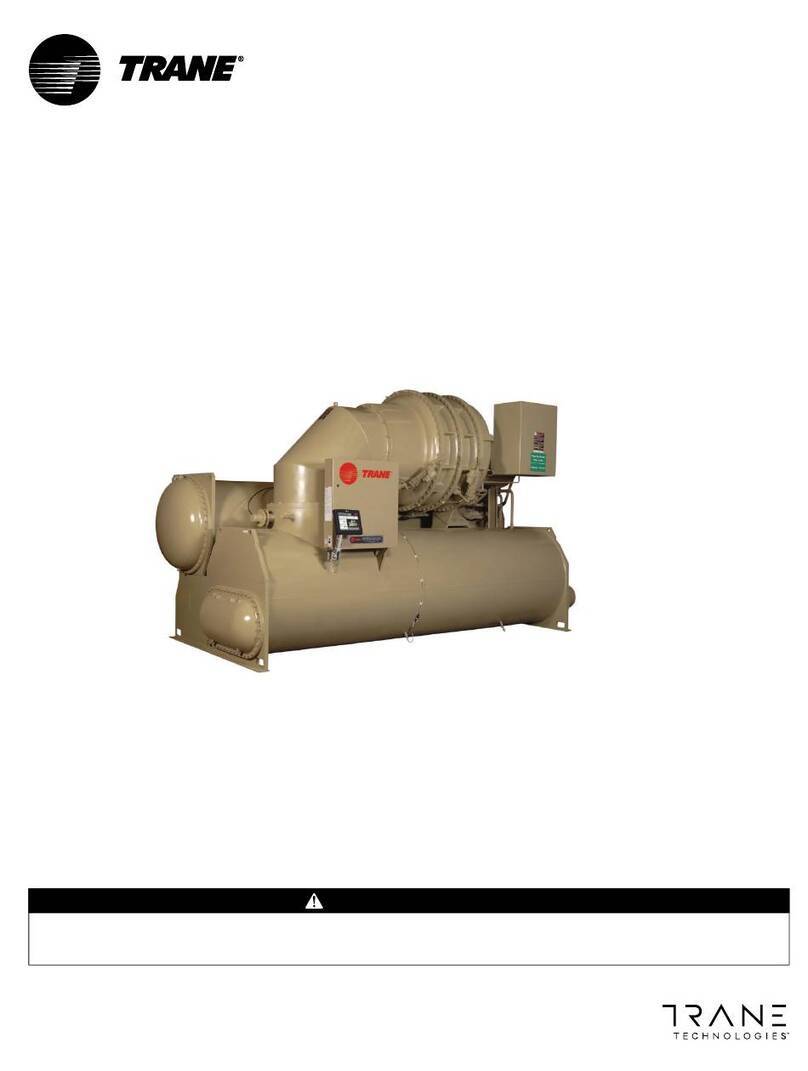
Trane
Trane CenTraVac CVHE Installation and operating instructions

Trane
Trane CGWF SE Owner's manual

Trane
Trane CVHH CenTraVac Installation and operating instructions

Trane
Trane CVHE User manual
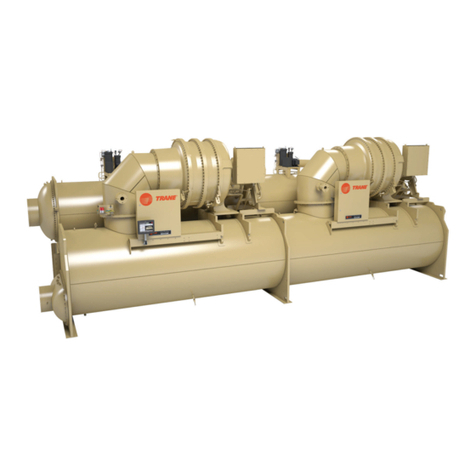
Trane
Trane CenTraVac CDHH Installation and operating instructions
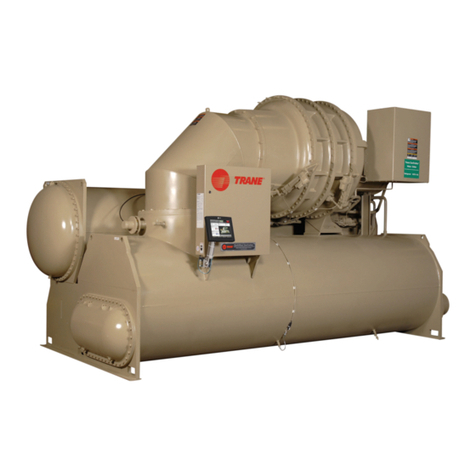
Trane
Trane CVHE User manual

Trane
Trane UNT-SVX16I-XX User manual
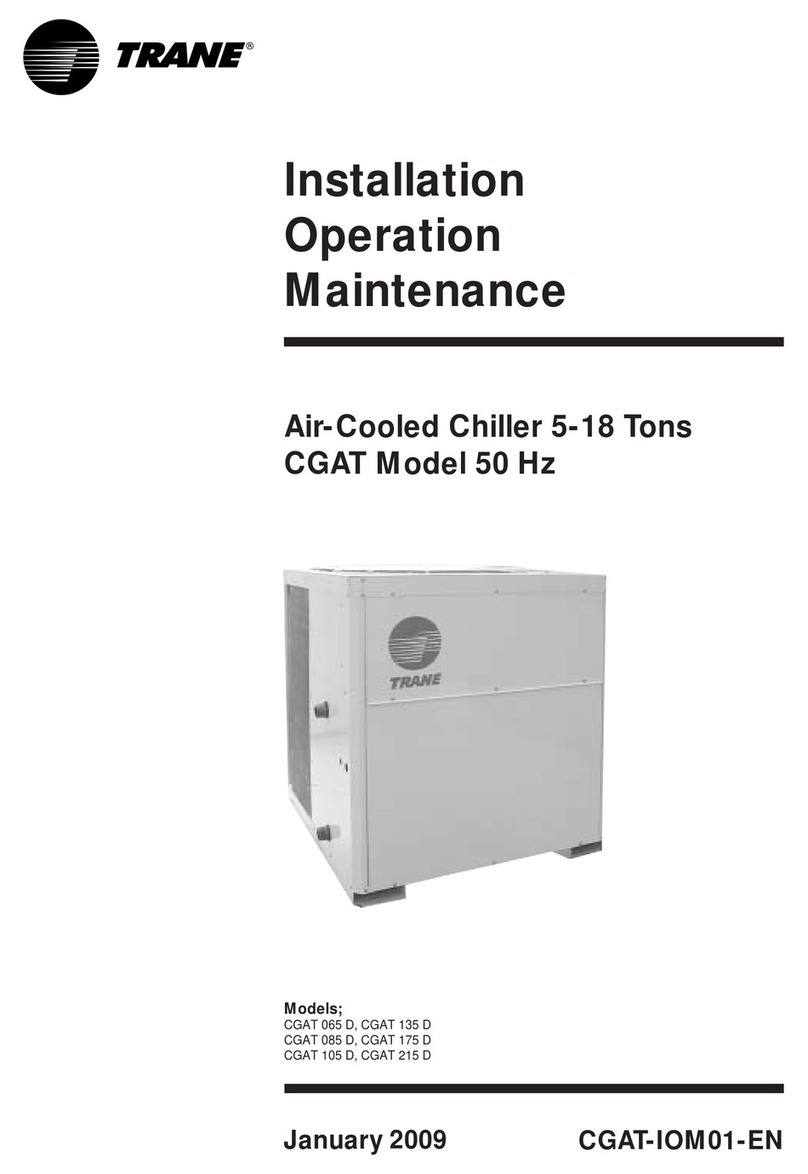
Trane
Trane CGAT Series Owner's manual
Popular Chiller manuals by other brands

Carrier
Carrier Omnizone 50BVC Installation, Start-Up, Service and Controls Operation and Troubleshooting

York
York YGWH 115 Installation, commissioning & operation

Galletti
Galletti PERFORMA MPE Series Technical manual

SMC Networks
SMC Networks HRR Series manual

Daikin
Daikin EWAQ016CAW Installation and operation manual

Moffat
Moffat Friginox TSR-11SC Specification sheet

Gree
Gree GWH07AGA-K6DNA1C Service manual

MP Systems
MP Systems PURGE Series manual

Penguin
Penguin COLD THERAPY CHILLER owner's manual

Telemark
Telemark TVP-2000 Operation, installation and service manual

TICA
TICA MINI VRF CHR Series Installation & operation manual

MAXA
MAXA A68 Installation and operation manual





